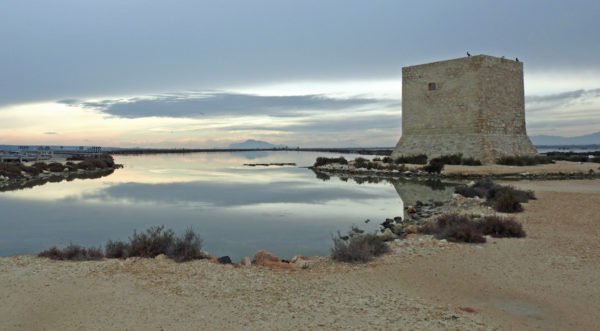Autumn 2020 Bulletin

Dear all, I´d like to begin this Bulletin by sending my sincere and best wishes to you all. 2020 has provided trying times for us all, and I hope that you are all well and that you continue to remain safe and healthy. The lockdown that we all endured only served to reinforce the importance and uplifting effects of having birds around us. Like many, in the early days of the pandemic, I was confined to birding from our balcony for many weeks, and later only in the immediate neighbourhood, before being finally granted the permission to travel further. On that note, I´d like to extend my thanks to all who wrote during this time to share details of their bird sightings. This helped to bring positivity and to underline the fact that we´re all in this together! My local birding experience revealed a few surprises, including the number of raptors that passed over the city of Valencia on Spring migration, including Marsh Harriers, Short Toed Eagles and Lesser Kestrel. I found a pair of Whitethroats that were nesting right next to our apartment, and saw huge numbers of Zitting Cisticolas…






